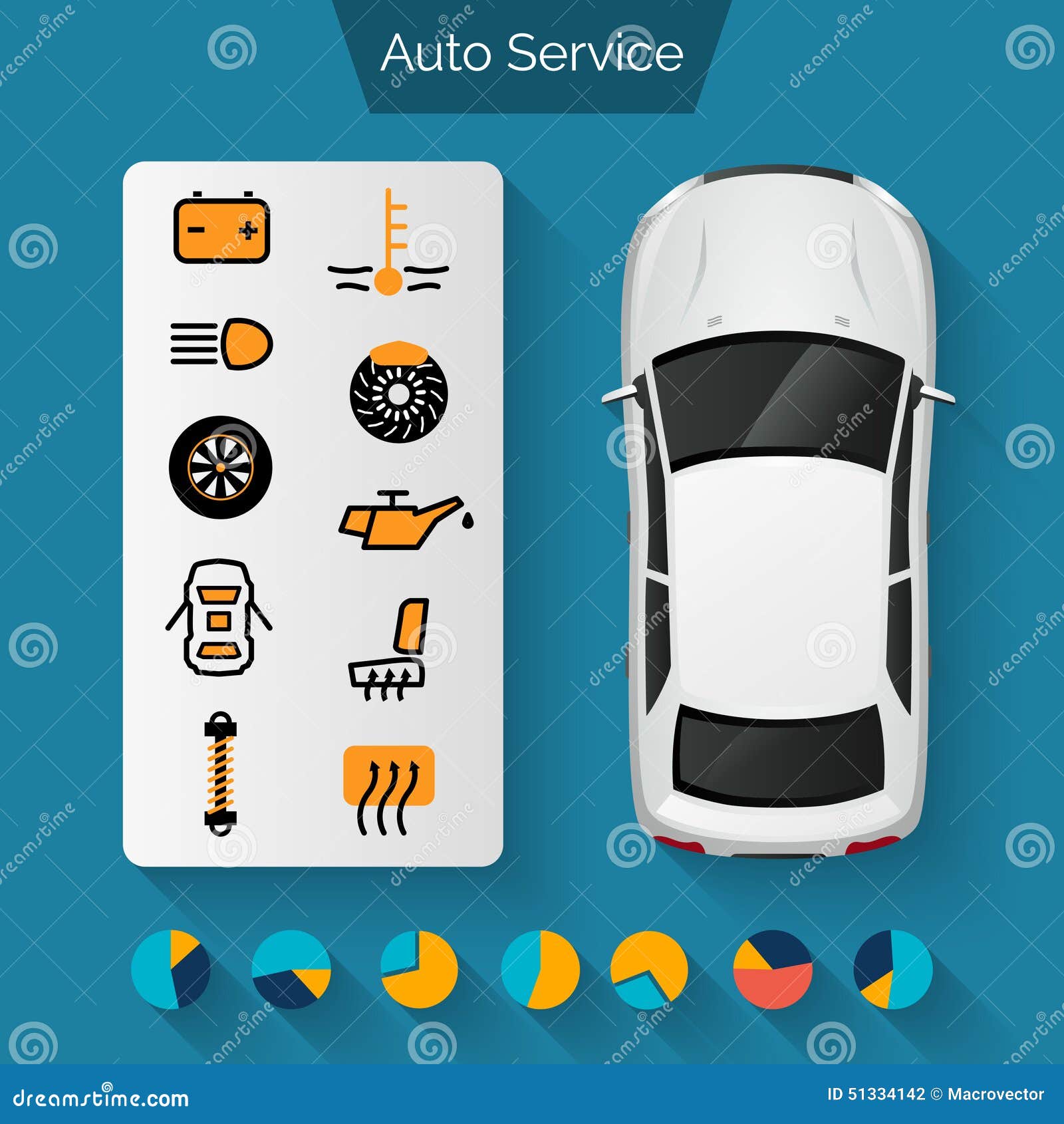Recognizing Your Auto'S Warning Lights: What Do They Really Mean?
Recognizing Your Auto'S Warning Lights: What Do They Really Mean?
Blog Article
Article Created By-Sykes Kejser
When you're behind the wheel, those beautiful caution lights on your control panel can be a little bit bewildering. Do you recognize what they're attempting to inform you concerning your car's health? Recognizing the value of these lights is crucial for your safety and the long life of your lorry. So, the following time one of those lights appears, wouldn't you wish to decipher its message accurately and take the necessary actions to resolve it?
Common Caution Lights and Interpretations
Recognize common caution lights in your auto and comprehend their definitions to guarantee secure driving.
The most typical caution lights consist of the check engine light, which indicates concerns with the engine or exhausts system. If this light begins, it's critical to have your vehicle examined immediately.
The oil stress warning light indicates low oil pressure, requiring instant interest to stop engine damages.
A flashing battery light may recommend a faulty charging system, possibly leaving you stranded if not attended to.
The tire stress surveillance system (TPMS) light alerts you to reduced tire stress, affecting automobile stability and gas performance. Ignoring this might result in harmful driving problems.
The ABS light indicates a problem with the anti-lock stopping system, jeopardizing your ability to stop promptly in emergency situations.
Lastly, the coolant temperature level alerting light warns of engine getting too hot, which can cause serious damage if not fixed promptly.
Recognizing these typical warning lights will certainly help you address problems quickly and maintain safe driving conditions.
Relevance of Prompt Interest
Recognizing the common warning lights in your auto is just the first step; the importance of quickly attending to these warnings can't be emphasized sufficient to ensure your safety on the road.
When a caution light brightens on your dashboard, it's your automobile's means of connecting a possible issue that requires attention. Overlooking these cautions can lead to more extreme issues in the future, endangering your safety and possibly costing you extra out of commission.
Prompt attention to alerting lights can avoid break downs and accidents. As an example, a blinking check engine light might indicate a misfire that, if left ignored, can create damage to the catalytic converter. Addressing look at these guys can save you from a pricey fixing.
In a similar way, a brake system advising light could indicate reduced brake fluid or used brake pads, vital components for your safety and security when driving.
Do It Yourself Troubleshooting Tips
If you notice a warning light on your control panel, there are a couple of do it yourself fixing suggestions you can attempt before looking for expert help.
The primary step is to consult your auto's manual to comprehend what the particular caution light suggests. Often the concern can be as straightforward as a loose gas cap triggering the check engine light. Tightening car detailing mould removal may resolve the problem.
One more usual concern is a low battery, which can trigger different cautioning lights. Checking https://transmission-oil-change39517.blogsmine.com/30414798/the-extraordinary-restoration-of-a-neglected-car-demonstrates-the-sensational-outcomes-that-specialist-detailing-can-accomplish-it-s-an-experience-that-will-certainly-leave-you-amazed for deterioration and ensuring they're safe may repair the issue.
If a caution light persists, you can attempt resetting it by separating the car's battery for a few minutes and after that reconnecting it. Additionally, inspecting your automobile's liquid levels, such as oil, coolant, and brake fluid, can aid fix warning lights connected to these systems.
Verdict
Finally, comprehending your vehicle's warning lights is crucial for maintaining your automobile running smoothly and safely. By quickly addressing these notifies and knowing what they mean, you can prevent costly repairs and possible failures.
Bear in mind to consult your auto's manual for particular details on each alerting light and take action appropriately to guarantee a hassle-free driving experience.
Remain educated, stay safe when traveling!
